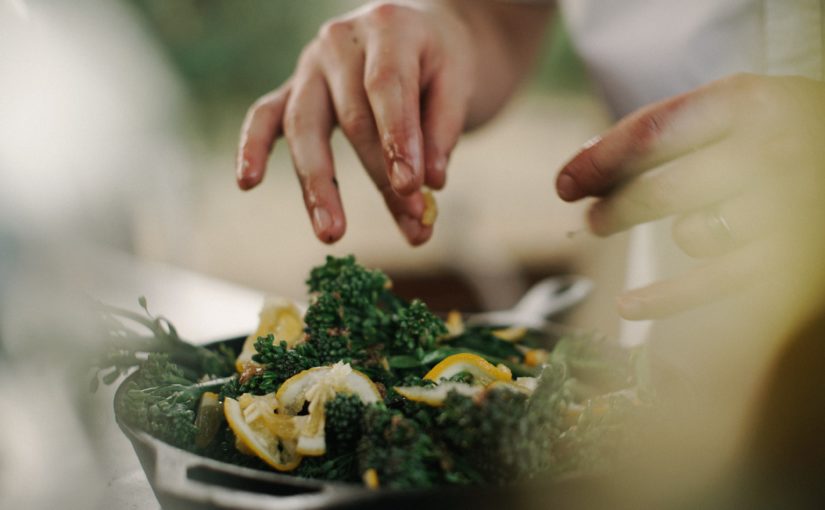“Oh my word that was delicious!!”
“I could eat that all day, every day!”
At first, many of us probably start with food as a means to simply feed ourselves. With time, however and if you become more involved with what you eat and the process of preparing the food, this can evolve. It becomes about health, it becomes about nourishment and it also becomes about joy and experience as you start to fall more and more in love with food.
A meal that is seemingly the same in principal and by name, can be worlds apart in terms of flavour and enjoyment, when created with more intent or by a more experienced cook.
Simple techniques
A few simple techniques, processes or stages during the creation of a meal can transform a dish into something entirely different. Something rich in depth and layers of flavour. Changing it from simple consumption to an incredible and joyous experience.
There are a number of very simple tips and things to consider in order to start this process and elevate your meals. Each of these areas can be further explored to the “Nth degree”, but even by simply starting to understand the basics of each, will make a difference. Here are simply a few things to become familiar with and consider:
- Understanding water
- Reduction
- Seasoning
- Stock
- Temperature
- Caramelisation
- Time and space
- Flavour combinations and balance
Understand how water works:
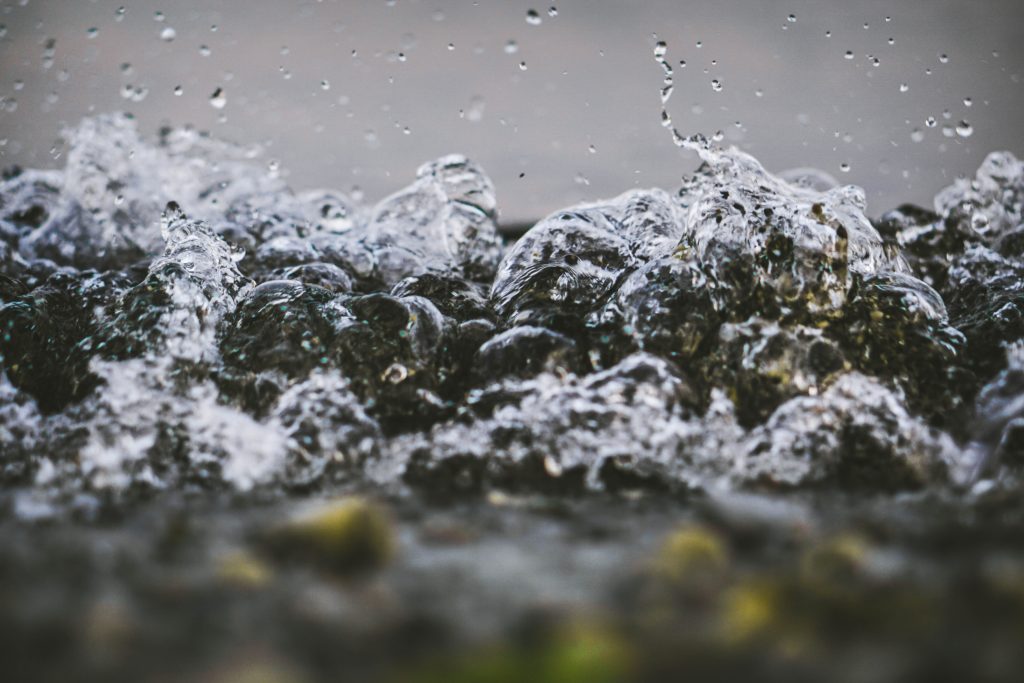
Water works well for drawing flavour out of ingredients, but it also does nothing to infuse flavour into ingredients. With mushrooms for example, which have a very high water content, you want to get as much water out of the mushroom as possible. This often means fully “cooking off” the mushroom until it starts to brown. The presence of excess water detracts from flavours, so water is useful in diluting unwanted tastes. If you have over salted your soup for example, you may be able to save it by adding some more liquid/water! This may however also dull down other flavors, but in most cases, you can add more herbs and spices to make up for the dilution.
Reduction:
If you are cooking a recipe that contains a lot of liquid, like a sauce, you will often need to reduce the water/liquid in the ingredients to concentrate the flavour. This means simmering it until the liquid has been cooked down or evaporated. What’s left behind are the thicker solids and will have a far richer flavour.
Seasoning:
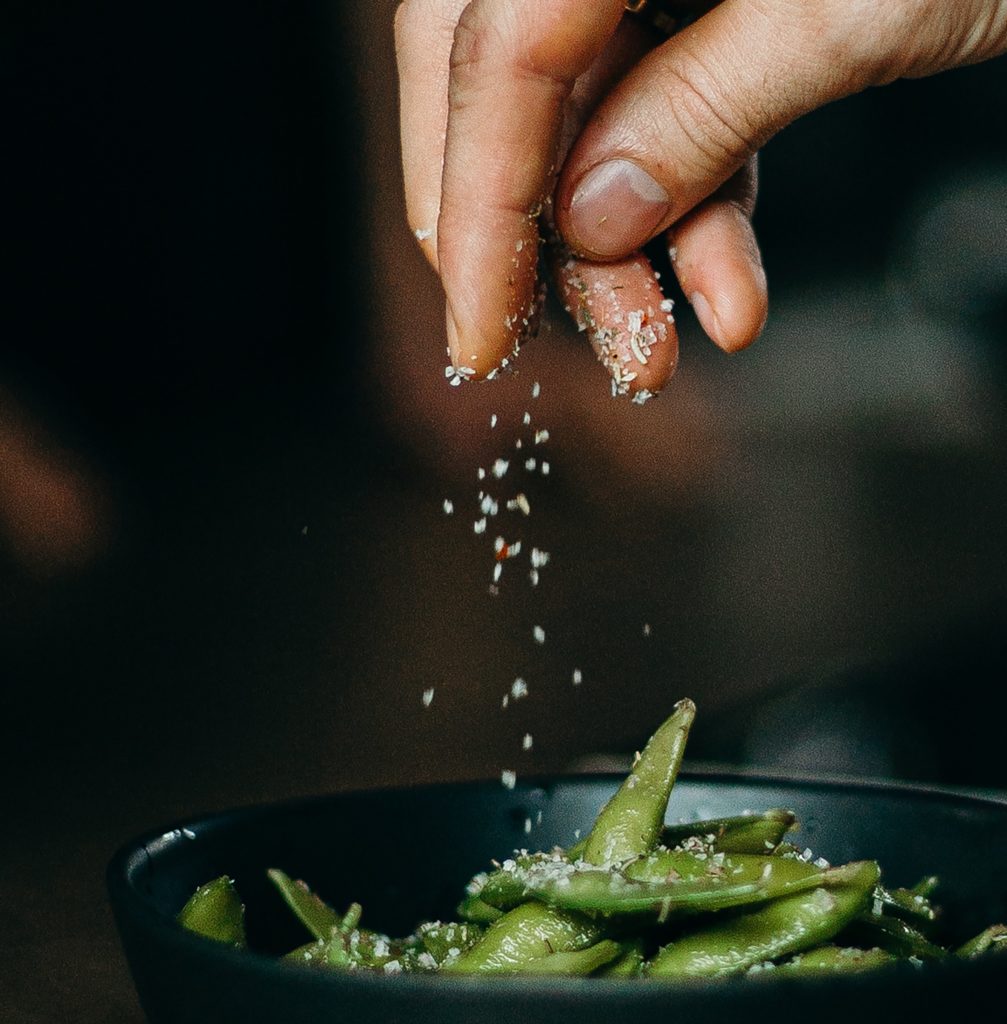
Season, and season early.
This means add salt! When you hear someone say “season to taste”, what they mean is that you need to include sufficient salt, such that when you taste it in the food, you enjoy it and it is at the correct level for the meal you are making.
It is fine to use plenty of salt to enhance the flavour of food. It is however important to make sure that you allow enough time for this to penetrate the ingredients and distribute throughout the food.
If you add salt too late in the cooking process, the result will not be the same as if added early. Even if the equivalent amount, the food may become unbearably salty. You can of course still add it at the end, but be careful and add a smaller amount. Take care and season to taste once it has been incorporated.
Right at the end of cooking or on presenting the food, the addition of some more salt on top can also work well to bring it all together. This needs to be considered though, as you do not want to unravel all your hard work by overdoing it.
Stock and broth:
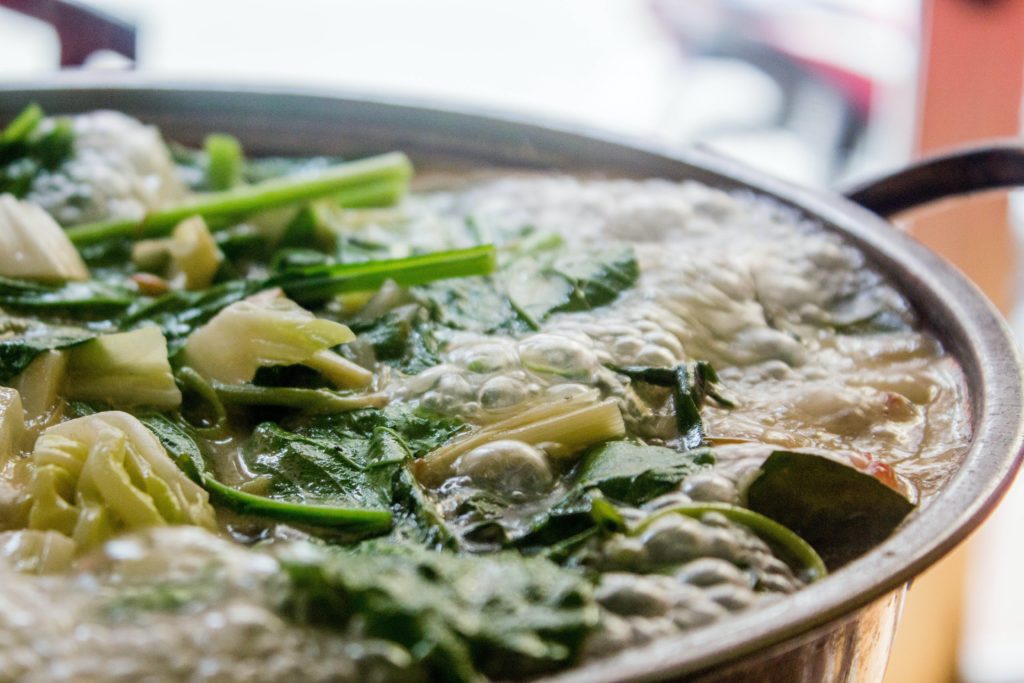
By using stock rather than simply water when cooking, adds a depth and richness to your food. This not only compliments, but also brings out the flavour of a dish.
For example when cooking rice or other grains, stock is a great way to ramp up the flavour of the dish at a base level.
Stock can often be purchased pre-made or as stock cubes. To be honest though you can make one really easily. If you ever have left over vegetables, or some that look a little past their best (even the offcuts from other meal prep), pop them in a pot, fry until you see some caramalisation (see below), add salt and seasoning (see below) including some herbs and spices if you want, before adding water. Allow to simmer for as long as you feel is enough to extract the flavours from the veg. You can do the same with chicken or beef bones, for a meaty stock. Strain the liquid into another container ready to be used and you are good to go.
You can use the stock immediately or freeze it for future use. A meat trick is to freeze it in an ice cube tray, that way you can just take as much as you need for a meal without having to defrost it all.
Temperature:

One of the most critical elements in cooking is of course heat. There is however a pretty fine line between browning and burning something, between caramalisation and charcoal. Be aware of the affects of, and always pay attention to, temperature.
Different elements and compounds react differently under different conditions. Not only to the actual temperature, but also how this is applied (frying, roasting, boiling etc.).
It is very important to understand how temperature works with, and changes your food. There is a process or reaction known as the Maillard reaction. This is a chemical reaction between amino acids as well as reducing sugars within a substance, such as meat or protein, that causes it to brown and gives it a distinctive flavour.
This reaction is the basis for so much of the flavour created when cooking and the change seen, smelt, and tasted in cooked vs raw foods. Its is what makes meat sear and bread toast, but it is also why cookies in the oven smell so mouth wateringly delicious. The Maillard reaction has a lot to do with how we taste and smell food. To achieve this reaction you often need a high heat, but too high and your food with burn!
Food types vary and requires a different type and amount of heat, so this is an extremely important skill to get right. Remember that you can always heat something up more or cook it for longer if it’s not cooking the way you want it to, but if you take it too far and overcook or burn something, there is no going back!
Caramilisation:
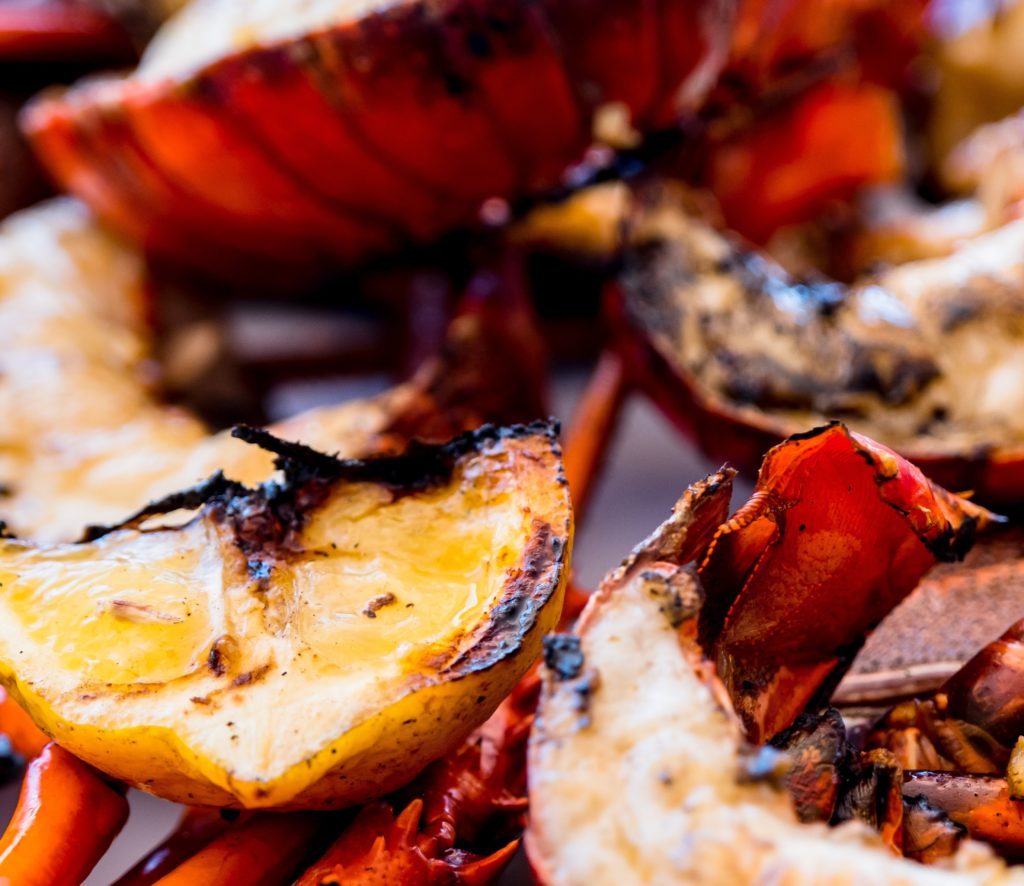
As explained with temperature, the way heat interacts and changes food is critical to flavour profiles. The Malliard reaction is the reason foods brown, char or caramalise. Releasing sweetness and smokey flavours, and is necessary to create extremely deep flavours in your food.
Cooking, and getting your ingredients as flavorful as possible individually before adding them into the main dish will make a world of difference.
Roasting vegetables in the oven or browning them in a pan before adding them to a broth or stock is a great example of this. For meat, this means searing it to establish a good browning.
It is incredible how much of a difference this additional step will have on the food you make.
Time and space:
When your tummy is grumbling or the kids are calling, it’s easy to get impatient. Don’t give into the urge to fill or crowd your pans when browning vegetables, or cooking in general.
In order to get good browning or caramelisation, you should always be able to see plenty of the pan in-between the items you are cooking. Try and keep an even layer across the bottom of your pan. This will ensure they are evenly cooked and browned the same way across the board.
When roasting or slow cooking, time is your friend. Gentle heat over more time will fully penetrate the proteins or other structures within food. This will allow bonds to break down. Certain “tough” foods will soften, becoming tender and delicious.
Flavour combinations and balancing taste elements:
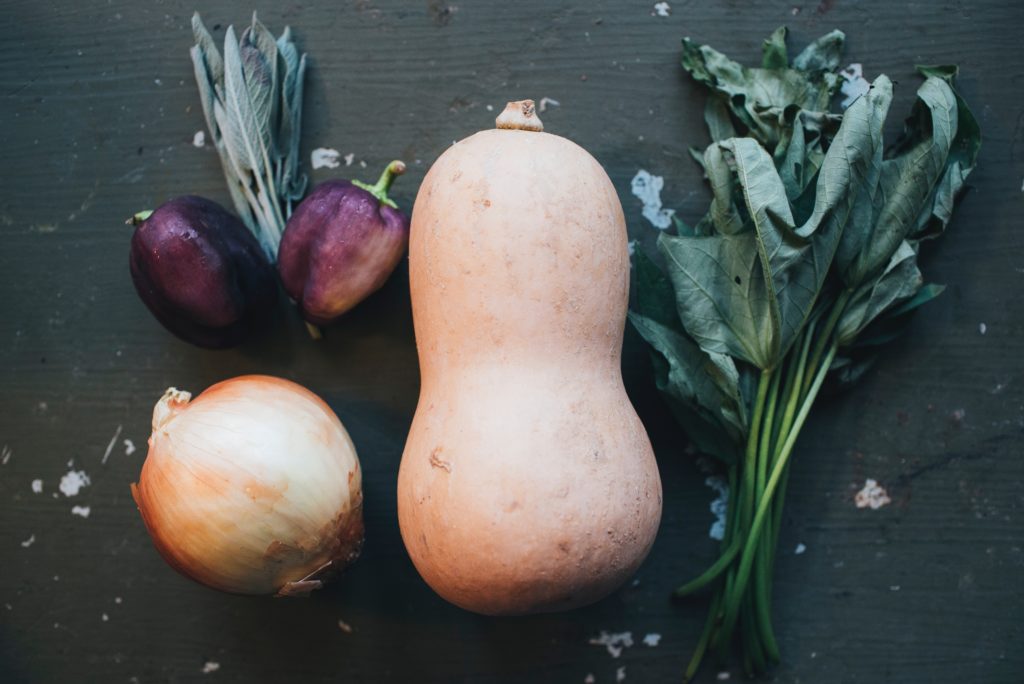
Salt, sweet, sour, bitter and umami are five taste elements, that in combination help to build our overall perception of flavour. When these elements are well balanced within a meal – the taste and experience is far more rewarding. Just by knowing that these exist and trying to think about them when cooking will help you balance the levels and combinations to elevate your cooking. To be honest, each deserves a full blog post of it’s own…
Buon Appetito!
So, go on now. Fire up the stove, the BBQ or oven. Put some of these ideas into practice. Taste, adapt, learn and improve. Once you have a break through and achieve a flavour you have previously only tasted in a fancy restaurant, you will be hooked and there will be no stopping you.
There is so much joy through creation and expression. Food is a perfect way to explore and embrace this.
Salute’ and Buon Appetito!

